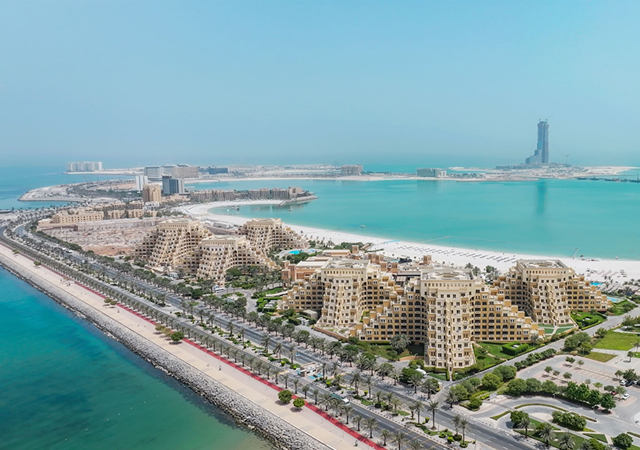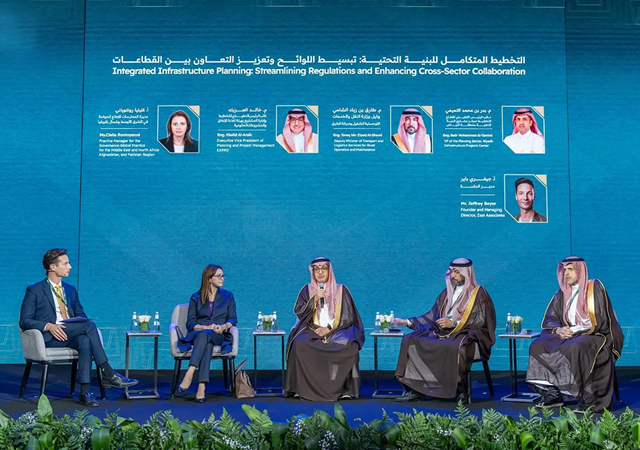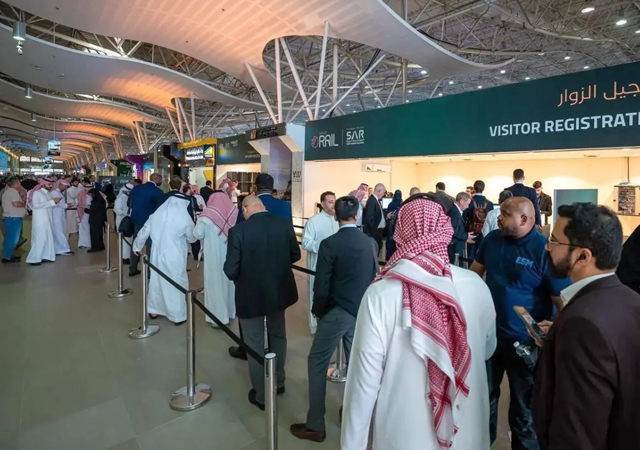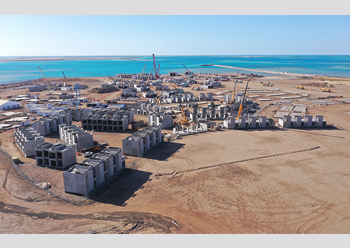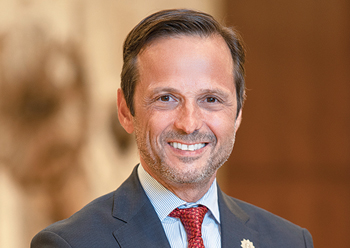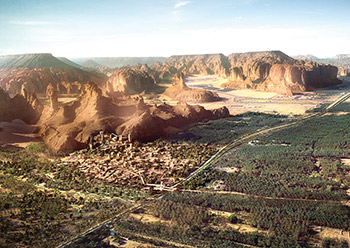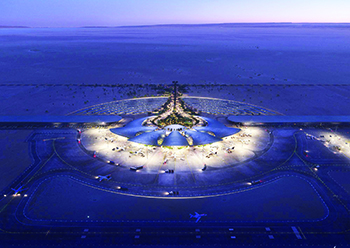
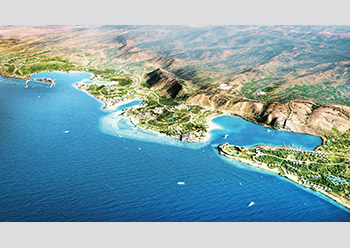 An aerial perspective of Amaala.
An aerial perspective of Amaala.
With site formation works now drawing to a close at Amaala – the stunning wellness destination nestled along the Red Sea coast in the northwest of Saudi Arabia, ground improvement and piling works and the construction of a marina are expected to commence in the next quarter, says Amaala’s Chief of Project Delivery.
In an exclusive interview with Gulf Construction, David Watkins says: “It’s still early days for the construction works of Amaala, with most of the focus in 2020 having been directed towards the design works. Triple Bay has seen the most advanced progression, with the completion date for the first stage scheduled for 2024.”
The 3,800-sq-km destination is located in the spectacular Prince Mohammed bin Salman Nature Reserve and is centred around the three pillars of wellness and sports, arts and culture, and sea, sun and lifestyle.
Amaala’s trio of communities will offer three distinct sets of experiences: Triple Bay, a sports and wellness community; The Coastal Development, which aims to offer a year-round artistic programme; and The Island, an artists’ community and hub of creativity.
 |
|
Watkins ... “our aim is to have little or no impact on the natural environment”. |
Set against a backdrop of imposing mountains and running alongside a coastline of beautiful coves, Triple Bay will spread over 11.3 sq km and encompass 16 hotels with 1,325 hospitality keys and 435 residential units. The Coastal Development, covering a site area of 7 sq km, will comprise seven hotels offering 800 keys as well as 200 residential units. The Island, covering 3.5 sq km, will host seven hotels offering 400 keys and 200 residential units.
Amaala’s Chief of Project Delivery elaborates on the unique features of the project and its current status:
Amaala is primarily positioned as an ultra-luxury integrated wellness project. What are the key ingredients of this project that will ensure its success?
Amaala prioritises ultra-luxury hospitality, particularly with regards to wellness, to bring bespoke, curated and individualised experiences to our guests. Against the backdrop of Saudi Arabia’s rugged mountain terrains and sparkling seas, Amaala sits comfortably within the natural beauty of the Red Sea environment to provide a tranquil escape to one of the world’s most exclusive wellness retreats.
What is the scope of works under the first phase?
The first phase of the development is focused on our Triple Bay district. This location, with its beautiful natural bays set against mountain backdrops, has no equal on the Red Sea coast – presenting us with the perfect setting for Amaala’s wellness-focused offering. Triple Bay’s first phase consists of a wellness-centric resort, together with several world-class, leading brand resorts, an oceanside links golf course and includes a new marina catering to the world’s largest private yachts and equestrian facilities to enhance the overall wellness offering.
To support the building works, we are also nearing completion of the first stage of our world-class staff accommodation and support facilities. These have been sustainably designed for better resource management by encouraging reduced power and water demand and featuring solar water heating. The facilities also include sporting and recreational amenities, set in landscaped grounds to provide some of the best staff accommodation in the kingdom.
 |
|
The site formation works have mostly been completed. |
What is the status of the overall development and what is the timeline envisaged for the issue of tenders?
This year, we are progressing our groundworks within the Triple Bay district and airport sites. As the design further progresses, we will be issuing tenders for the resort building works at Triple Bay, in addition to infrastructure and utilities tenders, as well as marina and groundworks tenders that will enable us to begin construction on The Island district of Amaala.
In how many phases will the project be completed? When are they scheduled for completion?
Amaala consists of three main phases. Completion of the first phase at Triple Bay is slated for 2024, with subsequent phases set to complete progressively through to 2027.
Please elaborate on the infrastructural projects completed and under way.
Work is under way on the airport’s runway, taxiways and aprons. The runway and taxiways required 1.4 million cu m of excavation, which has been completed, and the cut-off channel requires 667,000 cu m of excavation, which is currently tracking at 85 per cent complete. There is ongoing work to backfill the runway, taxiways and aprons under way, with 208 pieces of equipment and more than 350 workers currently on site.
Overall designs for the entire project are quite advanced, with the infrastructure in Triple Bay currently being tendered. As designs advance in the other masterplans, including The Island, we will also be seeking contractors to bid for these works in accordance with their completion timelines.
Amaala sits within Tabuk province – between the townships of Al Wadj and Duba – that requires substantial ‘regional infrastructure’ to be completed. As such, we are pursuing a public-private partnership (PPP) approach to finalising the infrastructure, which includes power generation from solar and wind. This will allow Amaala to be fully independent of the national grid, helping us achieve our sustainable targets in accordance with the Saudi Vision 2030.
 |
|
A perspective of the yacht club planned for Amaala. |
What is the status of work on Triple Bay and other masterplans?
It’s still early days for the construction works of Amaala, with most of the focus in 2020 having been directed towards the design works. Triple Bay has seen the most advanced progression, with the completion date for the first stage scheduled for 2024. The site formation works have mostly been completed and we are about to commence ground improvement and piling works in the next quarter, along with starting construction of our marina.
Meanwhile, site investigations are being conducted on an ongoing basis across the remainder of our masterplans, to ensure adequate support for the foundations and infrastructure designs. We have also completed our coral survey works, which are a crucial part of our sustainable construction practices. As such, we will be carefully relocating coral formations that may be affected by the future construction of our marinas using the expertise of our marine biologist team. At all times, our aim is to have little or no impact on the pristine natural environment surrounding Amaala.
An interesting project seems to be The Rock Hotel. Please elaborate on its unique features.
The Rock Hotel at Triple Bay is located in one of the hillsides that sits adjacent to our largest natural bay. This location is prime for never-seen-before guest experiences, including breathtaking sunsets across the Red Sea that cannot be replicated at any other development along the coast.
The next challenge will be to bring the architects’ visions to life based on the ground conditions and physically constructing the hotel inside the hill, whilst protecting the natural beauty of the hills and bays themselves.
We all look forward to the successful completion of the Rock Hotel and showcasing some innovative construction techniques that will be implemented to not only build, but also to access and transport materials, whilst ensuring the unique natural beauty of this location stays protected.
Please indicate what aspects of the overall development will be undertaken by Amaala and what will be open to third-party developers/investors?
Amaala is acting as the master developer for all the works. In addition to opportunities for PPP in the infrastructure implementation, we are also currently exploring opportunities with operators, residential developers and investors in the wellness and sporting space who cater to ultra-luxury hospitality guests.
Managing a project of this scale, with various components in progress in tandem, is a huge challenge. What initiatives are being taken to tackle this challenge?
Managing projects on this scale is, undoubtedly, a team effort. It begins with recruiting a great team of people with diverse skillsets, each playing their part in ensuring we can successfully deliver on the Amaala vision.
We have also been employing people from the local community working with the Saudi Council of Engineers (SCE), Saudi Contractors Authority (SCA), as well as universities and vocational training schools to source and upskill people to join our team.
Although sometimes considered mundane, how we manage all the data or information that these large-scale projects generate is also fundamental to success. Digital construction practices utilising 5D BIM, which combine design with time and cost in a model environment, are equally crucial for a giga-project of this nature. This management of information allows less resources to focus the effort where it is most needed.
Please elaborate on the logistical challenges given the remote location of this site?
Although we are in a relatively remote location, we have been able to plug into a network of infrastructure assets to support the project. This includes the National Highway 5, running the length of the west coast, as well as the port of Duba and the development of infrastructure hubs at our sister project Neom. As more development takes place on the west coast, these logistics networks are constantly improving, with contractors able to leverage this infrastructure for their supply chains. We are also working with Saudi customs to provide advance warning of shipments to allow smoother customs clearance.
When it comes to labour, we are constructing our own facilities for contractors to utilise adjacent to our masterplans to minimise travel times to the sites. We have constructed these facilities for our contractors to use so we can set and maintain a high standard for welfare and housing.
How has Amaala ensured safety of workers and continuity of work on site during the Covid-19 pandemic?
With limited labour on site during 2020, we were able to establish a Covid-free bubble following stringent guidelines as mandated by the Ministry of Health. As such, by limiting the movement of workers and staff, supplemented with testing and quarantining, we were still able to progress with groundworks at Triple Bay. As restrictions started to lift, we were able to increase the labour force and progress the works at a faster pace, opening up work fronts at the airport and undertaking marine survey works in preparation for marina construction.
How has the Covid-19 pandemic impacted the sourcing and delivery of materials?
We have been undertaking investigations of our supply chain over the past 12 months as Covid-19 naturally had an impact on the supply and delivery of materials. In recent months, this has begun to improve. We are also working with PIF (Public Investment Fund) and the Saudi Local Content & Government Procurement Authority (LCGPA) to investigate further opportunities to source more material locally. This also involves working with our international design team to educate them on the availability of materials and manufactures able to prefabricate parts of the development.
Apart from measures taken to prevent the spread of the coronavirus, what are some of the safety and environmental issues being addressed during the construction of the projects?
The environment is one of our primary concerns and factors in all aspects of Amaala – from our energy use, to sustainable design and working practices. Working within the environmental frameworks of the kingdom and supporting the Saudi Vision 2030, every aspect of the works is governed by an Environmental and Social Impact Assessment (ESIA) and works undertaken on site follow the approved Construction Social and Environment Management Plans (CSEMP).
One of our main focuses is the protection of the marine environment and ensuring that we have a light footprint both during construction and after the resorts are open to our guests. As an example, one aspect of this approach is building our marinas inland to minimise the impact on the marine environment.
Amaala also sits within the Prince Mohammed bin Salam Nature Reserve, so we also work closely with the reserve to preserve and protect the environment during and after the completion of the works. This collaboration is a key part of Amaala’s approach to working sustainability.
With regards to a safe working environment, we instill a safety culture within our own team as well as with our consultants and contractors. This is represented not only in the way we work but also how we look after our workers by supplying welfare facilities that are world-class.
What are the sustainability features built into the design and construction of Amaala?
Sustainability is one of our key pillars and, as such, it weaves through every aspect of the Amaala vision. One of the main sustainability measures is energy independence, which is set to be obtained from our solar and wind farms supported with battery storage technology. We are also striving to minimise energy and water demand by designing our buildings to achieve the highest sustainability rating, equivalent to LEED (Leadership in Energy and Environmental Design) Platinum.
Optimising our water consumption has also been integral to achieving our sustainability goals, enabling us to succeed by designing our landscapes to require less water with local and international plants that have lower water requirements and using passive cooling design based on the principles of Arab architecture.
One aspect often overlooked in developing and operating with sustainable principles are the social sustainability aspects of development. In supporting the Saudi Vision 2030, we are striving to employ locals from Tabuk Province, where possible, and provide the best facilities for the staff who will operate the hotels for our guests in the future.



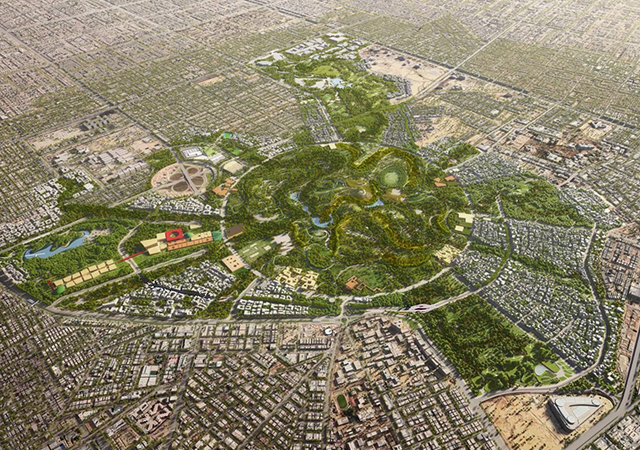
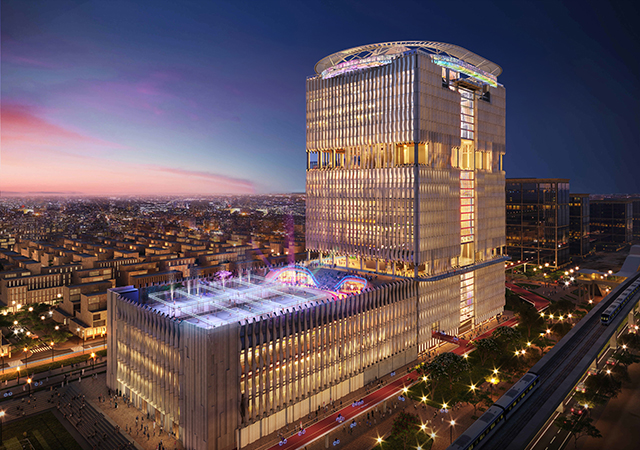



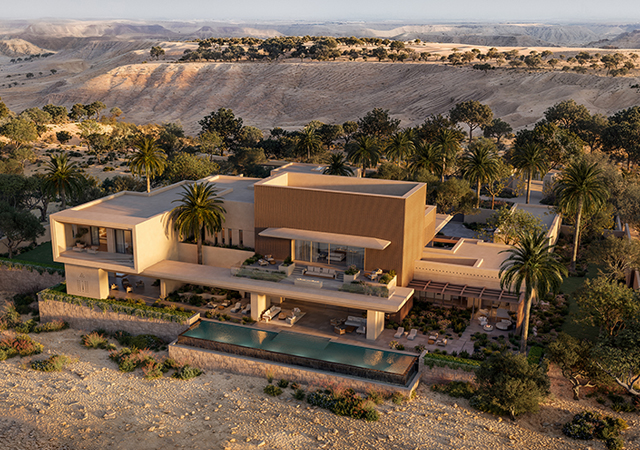
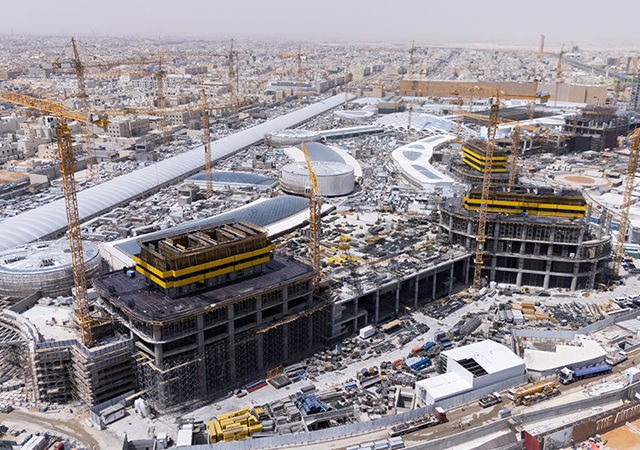
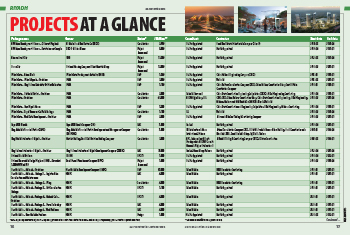
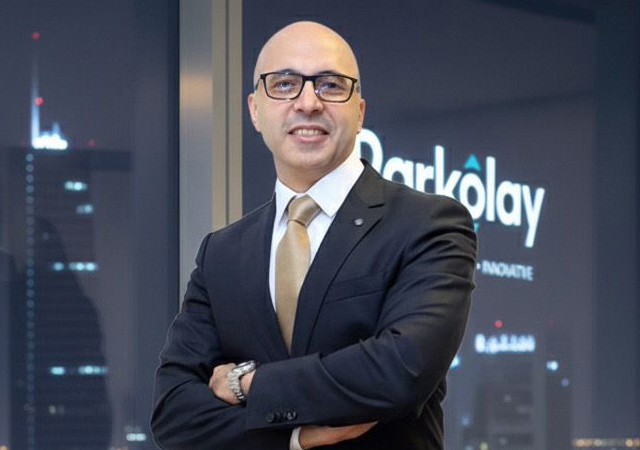

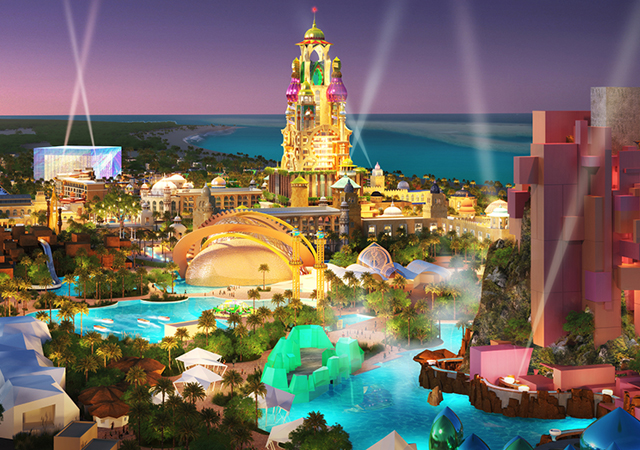
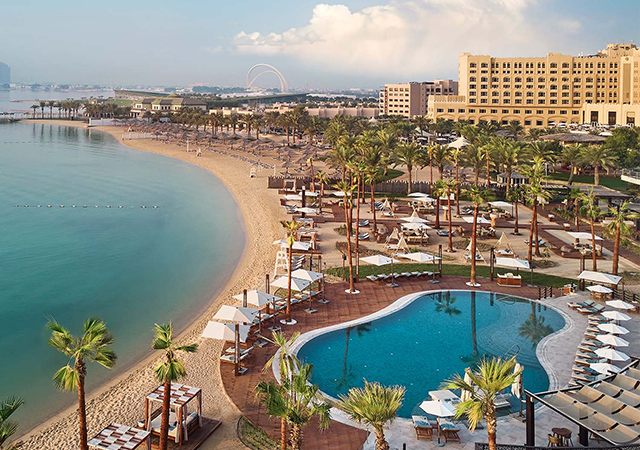
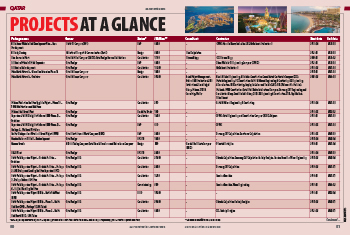
.jpg)
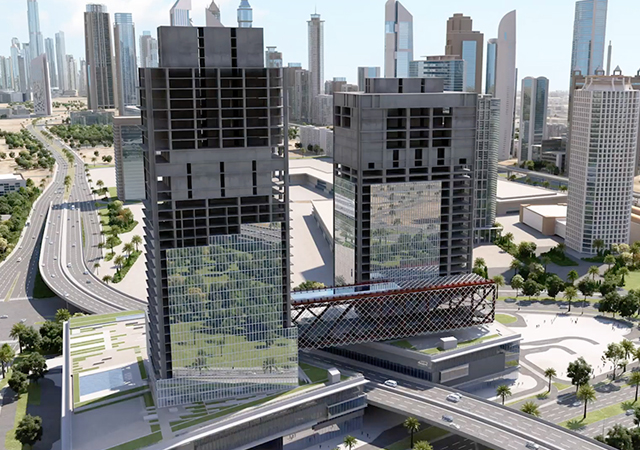
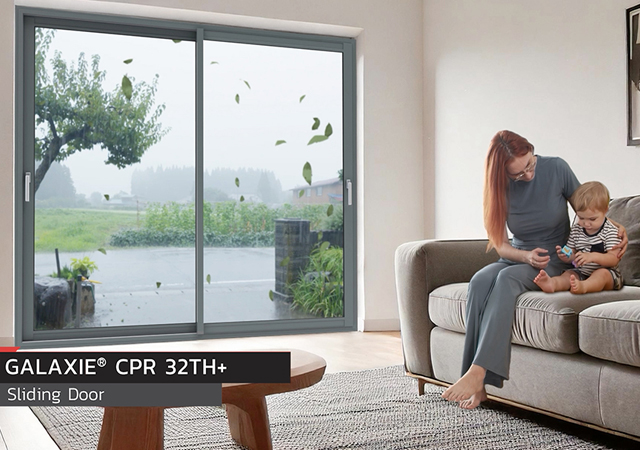
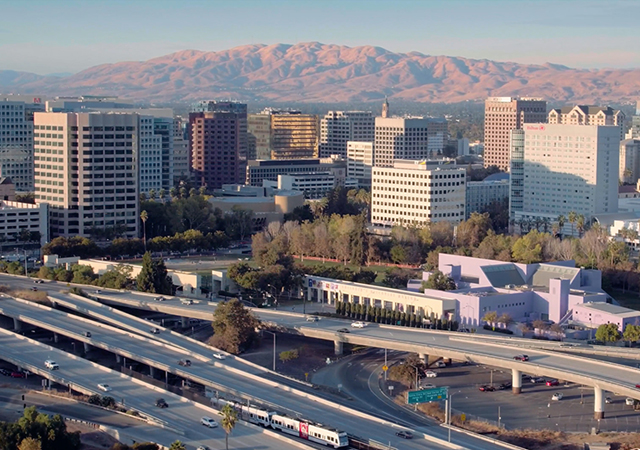


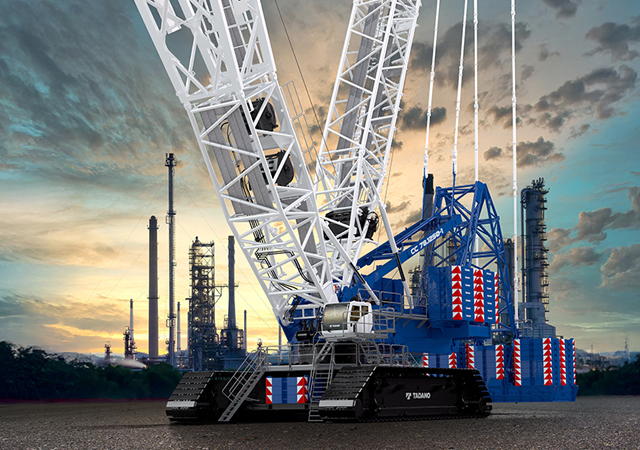
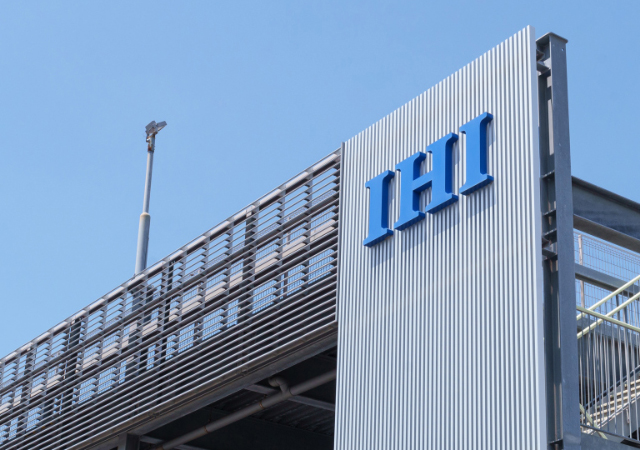

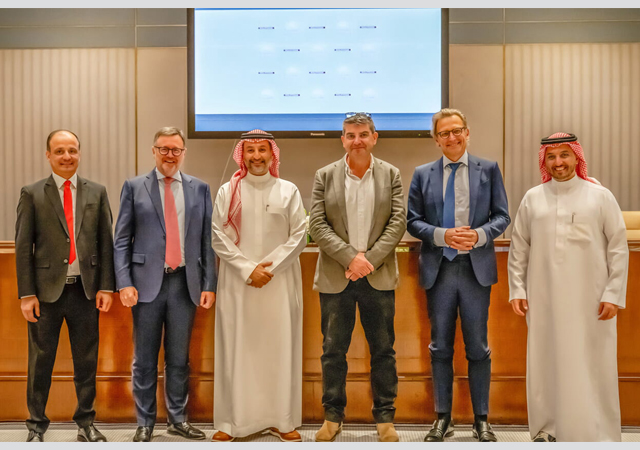
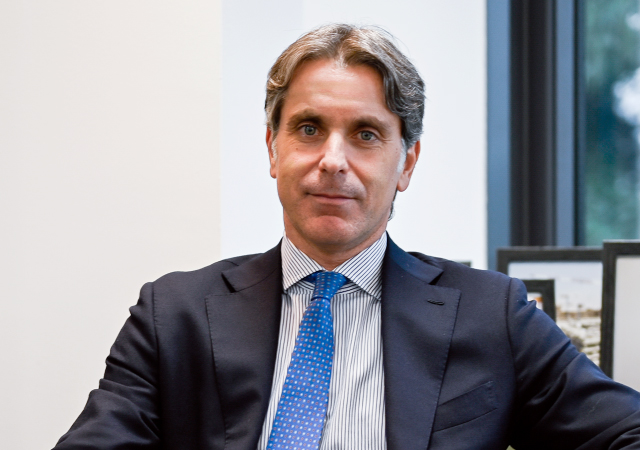
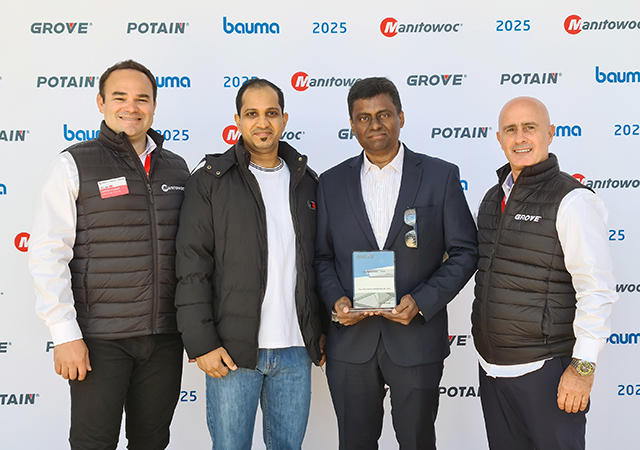
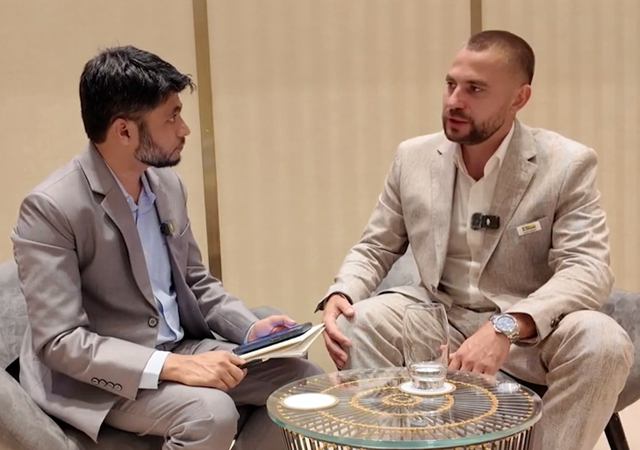
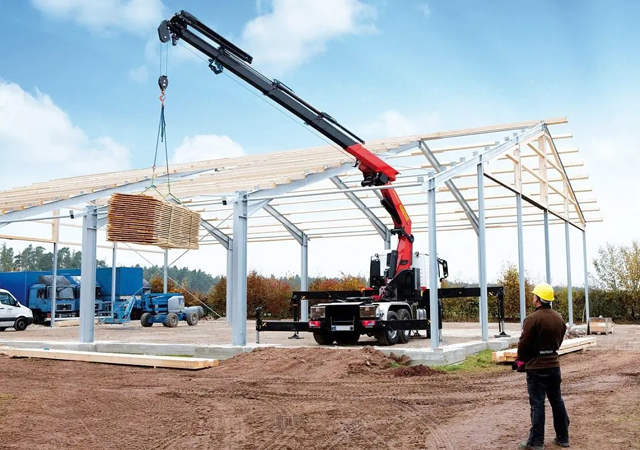
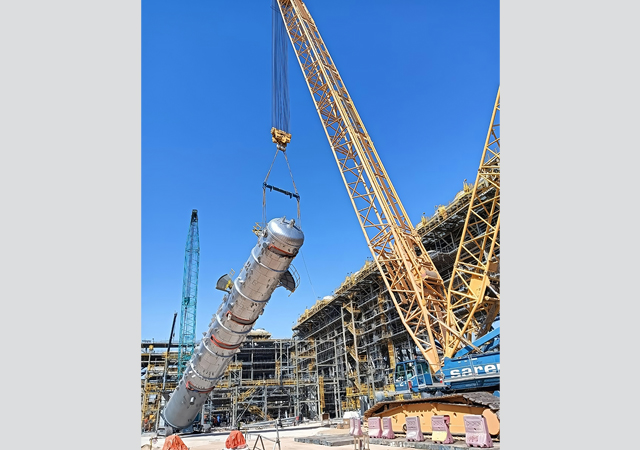
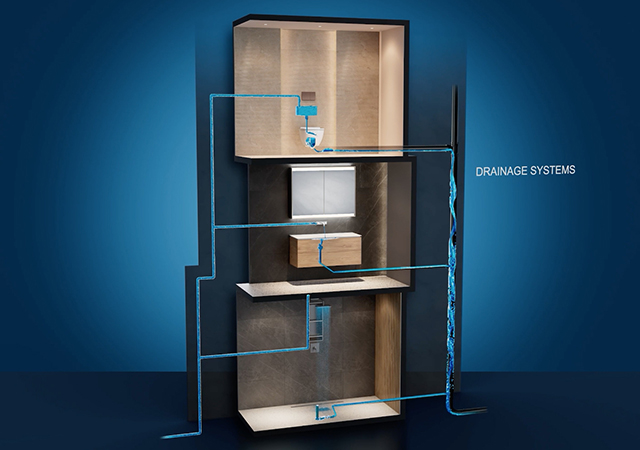
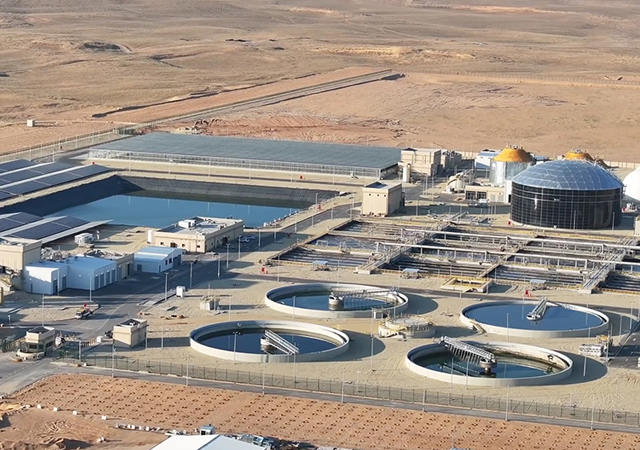

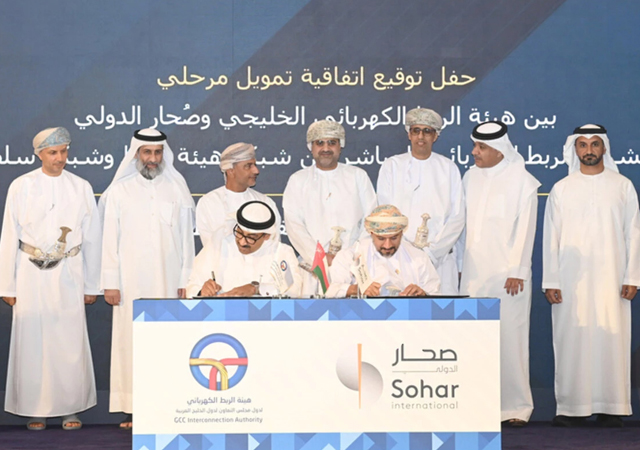

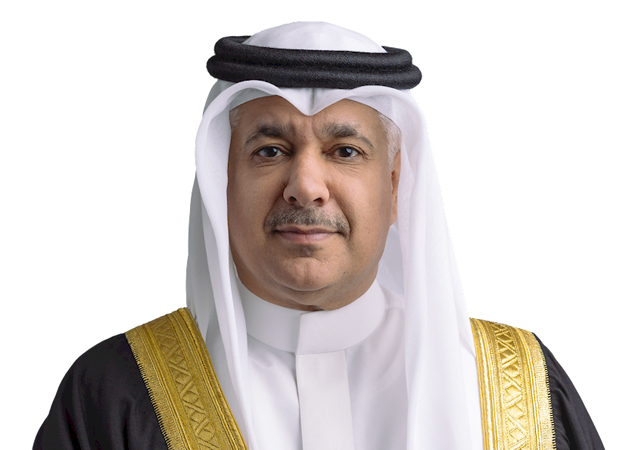
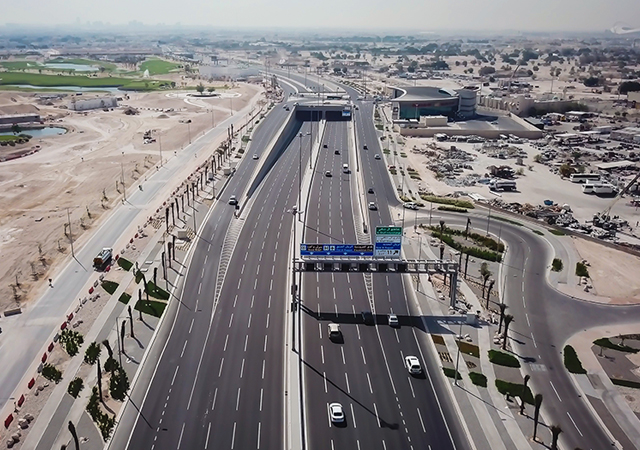


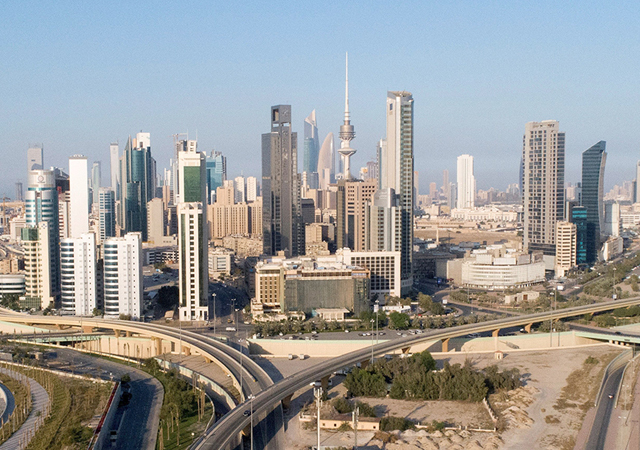

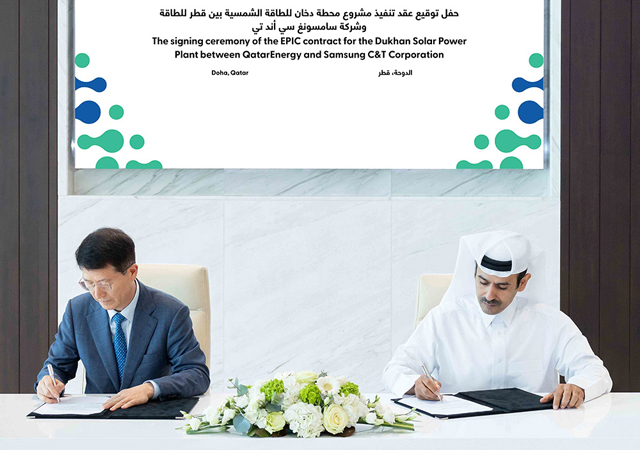
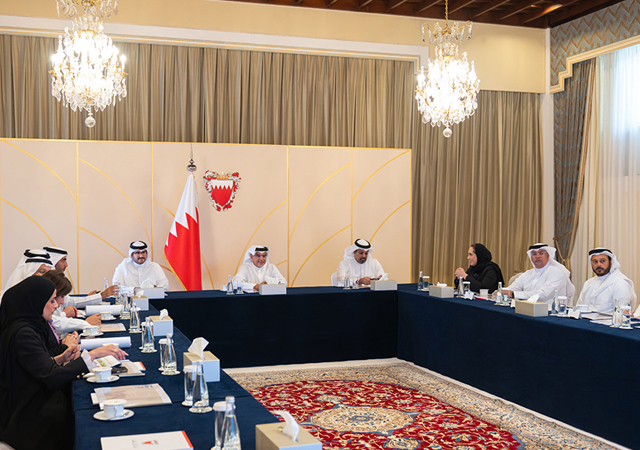
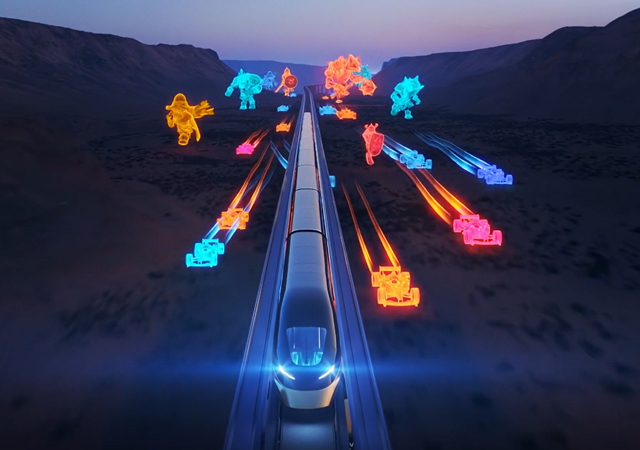

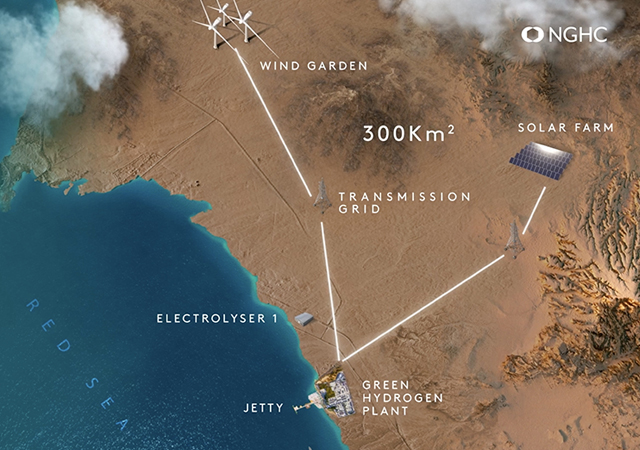
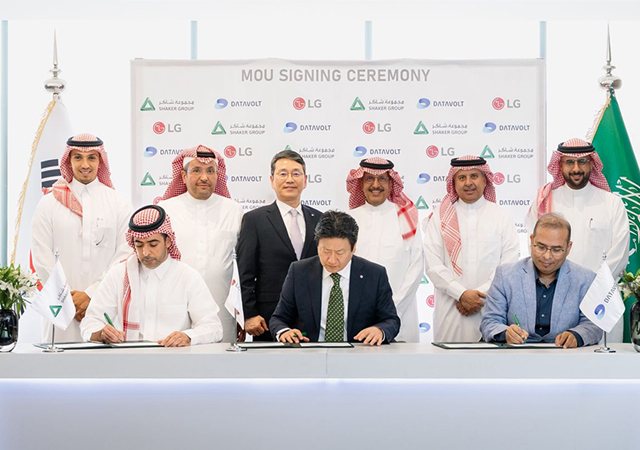
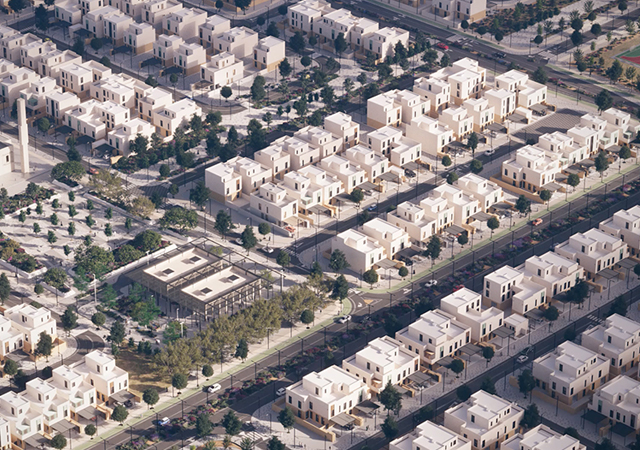
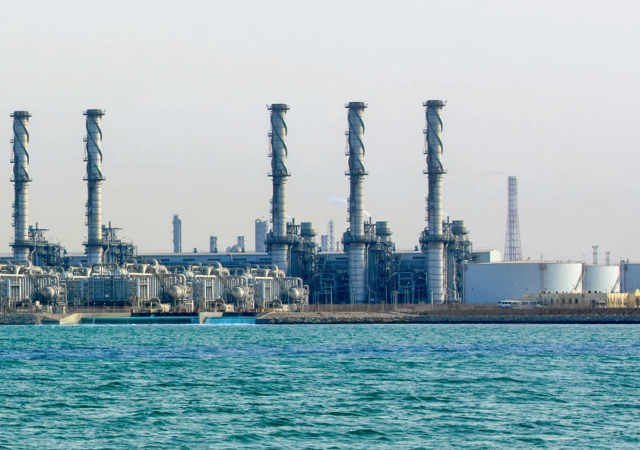
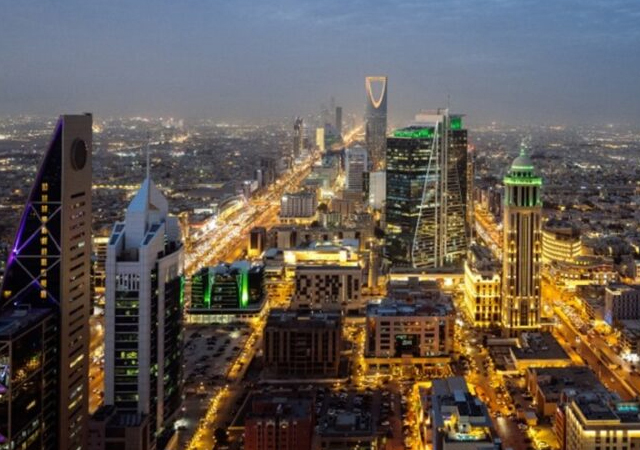
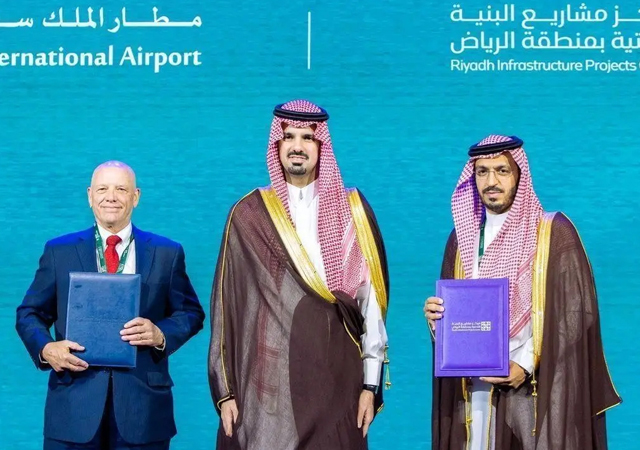

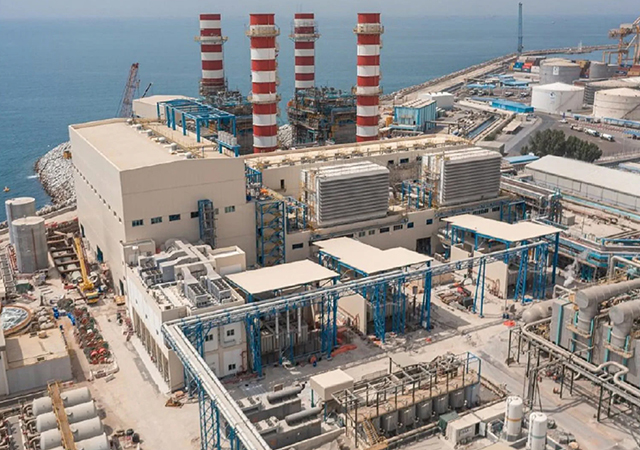


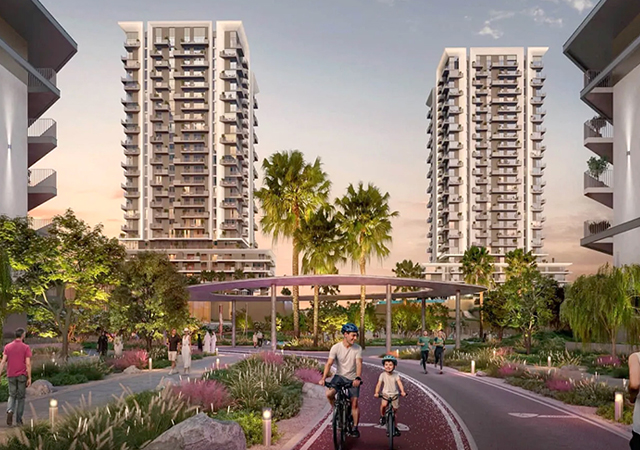
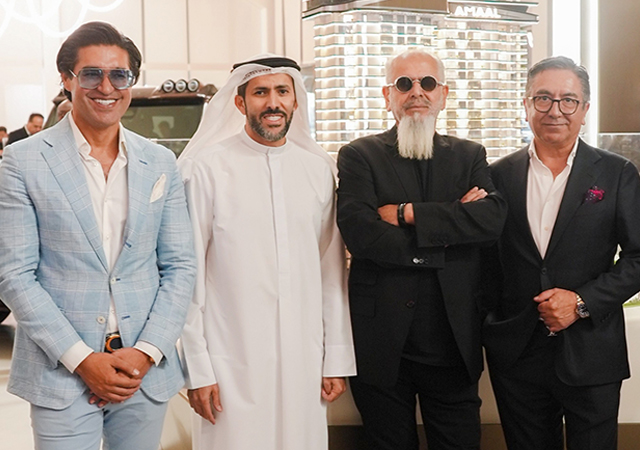
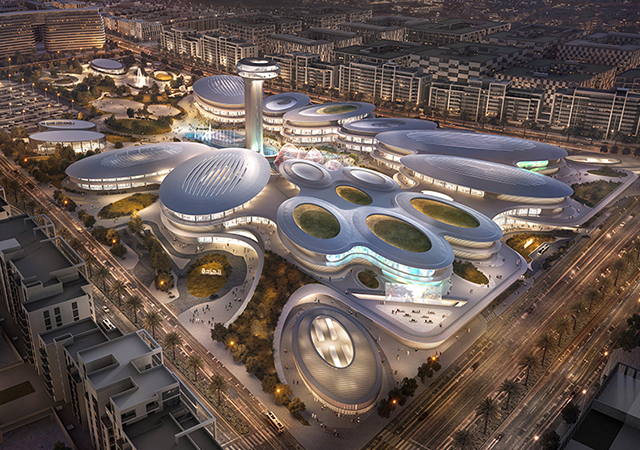

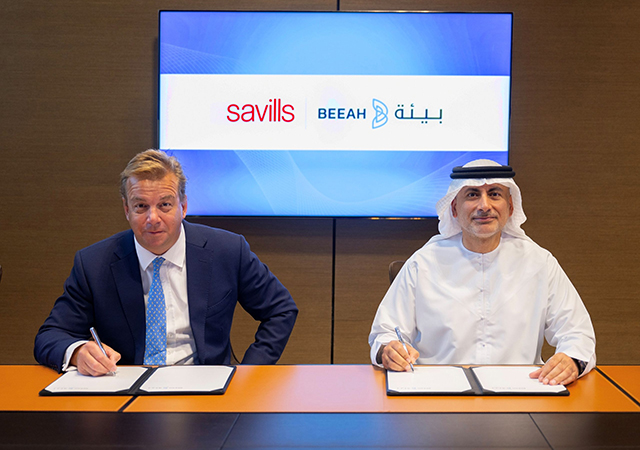

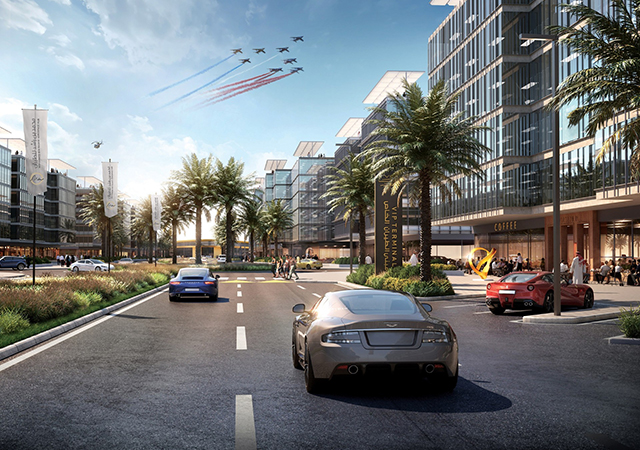

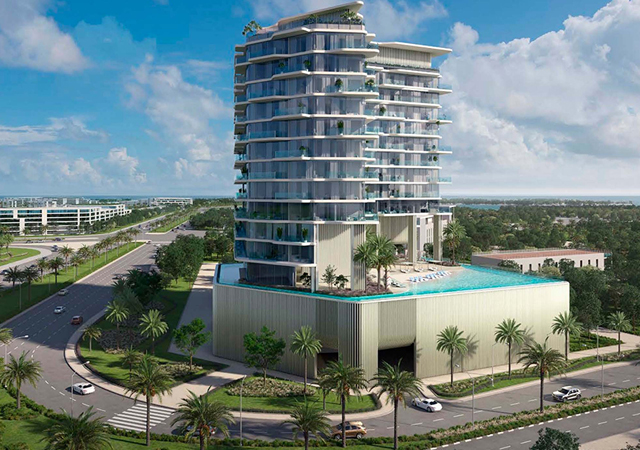

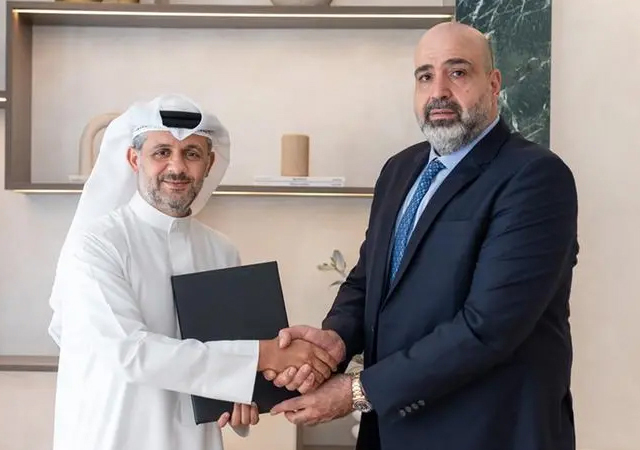
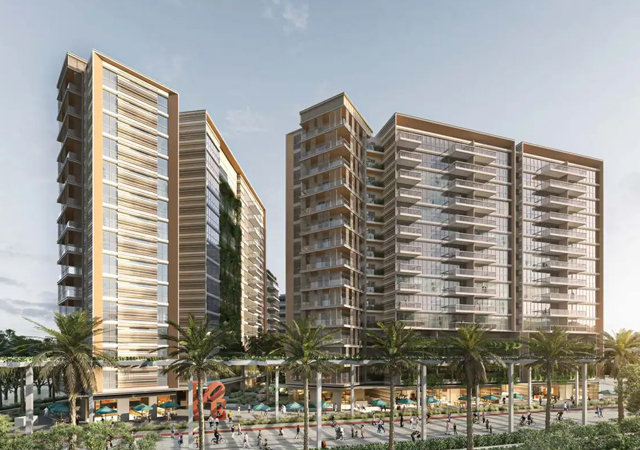

.jpg)
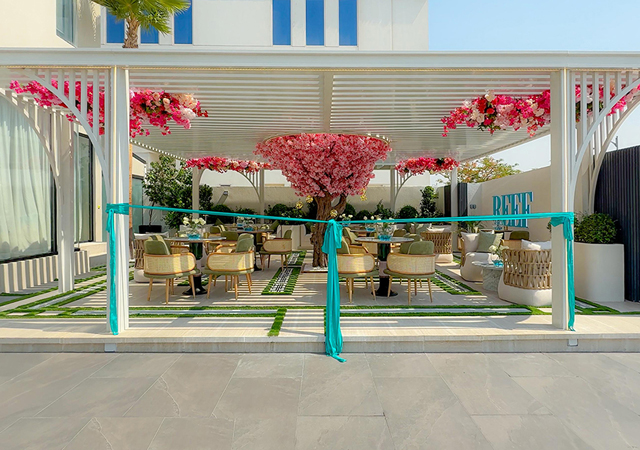
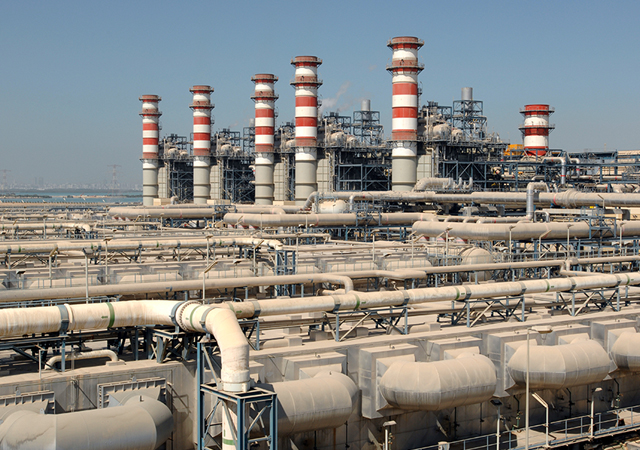

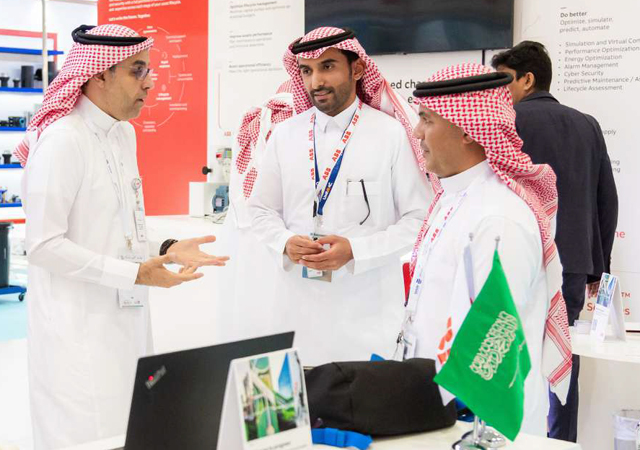
.jpg)
